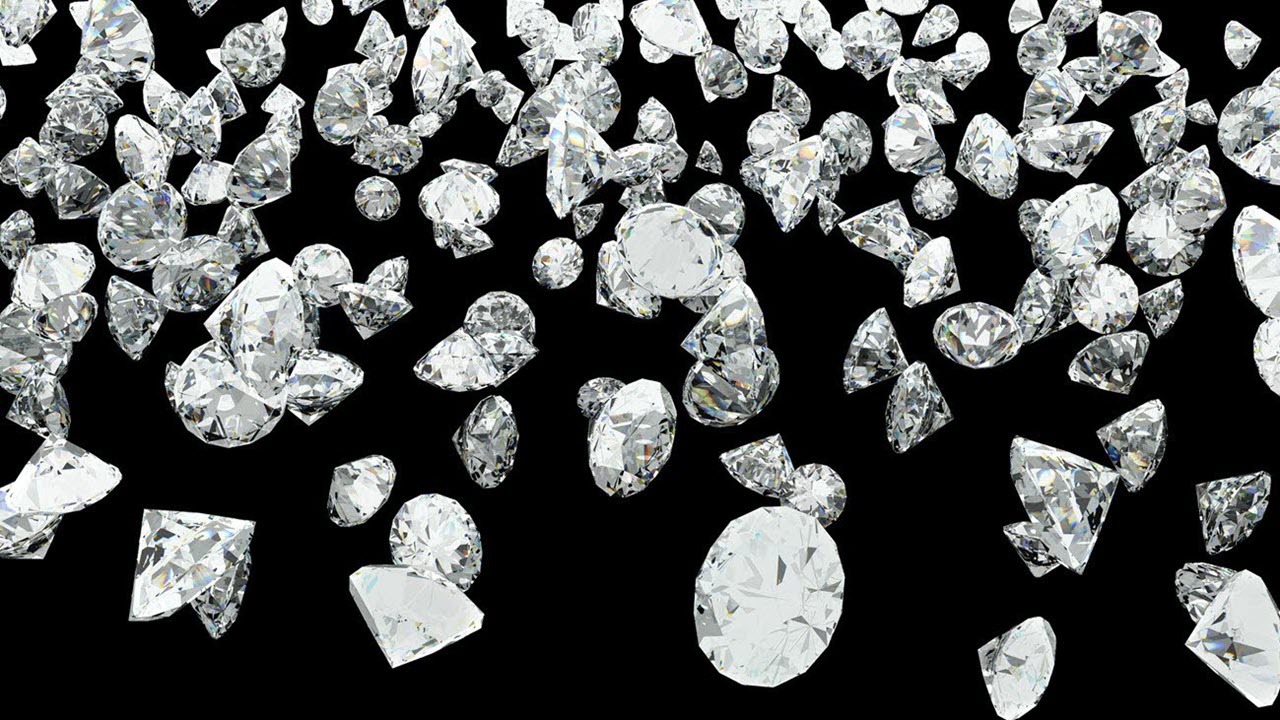Census Bureau Key to Tracking Conflict Diamonds Data
Have you ever wondered where your diamonds come from? Or what those sparkling gems looked like before they were polished? Did you know that many diamonds have been found at a state park in the United States? Or did you know that measures have been taken to prevent rough diamonds from being used to fund rebel movements across the globe?
If you want answers to any of these questions, look no further. The U.S. Census Bureau is the gatekeeper of diamond data for the United States—one of 81 countries that have joined forces to eliminate trade in conflict diamonds, commonly referred to as “blood diamonds” or diamonds used by rebel movements to finance conflict aimed at undermining legitimate governments.
In 2016, the largest producer of rough diamonds by volume and value was the Russian Federation. The European Union, which represents 28 countries, ranked in the top 2 exporter/importers of rough diamonds by volume and value.
The United States has chaired the Working Group on Statistics for the Kimberley Process (KP) Certification Scheme—an international, multi-stakeholder initiative created to increase transparency and oversight in the diamond industry in order to regulate the flow of rough diamond trade since January 2009. Since its launch in 2003, the Kimberley Process has controlled trade in rough diamonds between participating countries through a certification scheme or system. The process forces transparency and prohibits trade with countries not part of the initiative.
The Census Bureau’s International Trade Management Division is responsible for collecting, compiling, and publishing import and export trade statistics and KP certificate-based statistics. They are also designated as the exporting authority under the Clean Diamond Trade Act for the U.S. implementation of the Kimberley Process. As chair of the Working Group on Statistics, our mandate is to address statistical matters pertaining to rough diamonds and to ensure effective implementation of the Kimberley Process.
In 2016, the largest producer of rough diamonds by volume and value was the Russian Federation. The European Union, which represents 28 countries, ranked in the top 2 exporter/importers of rough diamonds by volume and value.
Some scintillating facts about diamonds found in the United States, particularly at the aptly-named Crater of Diamonds State Park in Murfreesboro, Arkansas:
- In 1924, a park worker found a rough diamond weighing 40.23 carats, the largest diamond ever discovered in the United States to date.
- In June 2015, a woman from Colorado found an 8.52 carat clear diamond and expects to get $1 million.
- In March 2017, a young teen registered a 7.44 carat diamond which was the seventh largest diamond found at the Arkansas State Park since 1972.
Subscribe
Our email newsletter is sent out on the day we publish a story. Get an alert directly in your inbox to read, share and blog about our newest stories.
Contact our Public Information Office for media inquiries or interviews.
-
Business and EconomyEconomic Census Goes All ElectronicApril 19, 2018This year, respondents will have easier and more secure access to the economic census, conducted every five years, through a new, one-stop portal.
-
Business and EconomyFranchising in America: Not Just Fast-Food RestaurantsMarch 28, 2018The 2017 Economic Census is underway. Data from the last survey show franchises play a key role in many industries, from weight-loss centers to car dealers.
-
Business and EconomyStartup Firms On The Rise But Still Below Pre-Recession LevelsJanuary 16, 2018Business startups disproportionately contribute to job creation and play an important role in innovation.
-
EmploymentThe Stories Behind Census Numbers in 2025December 22, 2025A year-end review of America Counts stories on everything from families and housing to business and income.
-
Families and Living ArrangementsMore First-Time Moms Live With an Unmarried PartnerDecember 16, 2025About a quarter of all first-time mothers were cohabiting at the time of childbirth in the early 2020s. College-educated moms were more likely to be married.
-
Business and EconomyState Governments Parlay Sports Betting Into Tax WindfallDecember 10, 2025Total state-level sports betting tax revenues has increased 382% since the third quarter of 2021, when data collection began.
-
EmploymentU.S. Workforce is Aging, Especially in Some FirmsDecember 02, 2025Firms in sectors like utilities and manufacturing and states like Maine are more likely to have a high share of workers over age 55.





